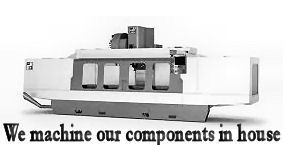I am curious as to whether anyone has pulled a set of 1.787" intake valves from 290/304 heads and had them installed as exhaust valves in a set of 401 heads while keeping the stock 2.025" intakes. SS AMX heads had 2.080"/1.740" valves...so 1.787" valves are only a hair bigger, plus with keeping the standard 2.025" intake instead of 2.080" intake it would seem logical that if the valves in the SS heads fit, just going up in exhaust to 1.787" exhaust should work. My interest here is to put together a set of 401 heads for some nitrous work. Nitrous use obviously puts a premium on exhaust flow, and since a 1.787" valve would seem to be the biggest reasonable exhaust valve size, and I just happen to have 4 sets of 1.787" valves(from 304 heads)to play with that are in great shape. Since my understanding is that the valves stem diameter, overall length, keeper grooves, etc are identical to the 1.680" valves, the 1.787" should cause none of the typical issues that the usual non AMC valves tend to create. I'm a big fan of keeping as much factory AMC parts in an AMC car as I can get away with, and from what I have read from some of the head porting threads, factory AMC valves with a good valve job, back cut, and top cut treatment are hard to beat. Are these reasonable assumptions?
George




 Reply With Quote
Reply With Quote

